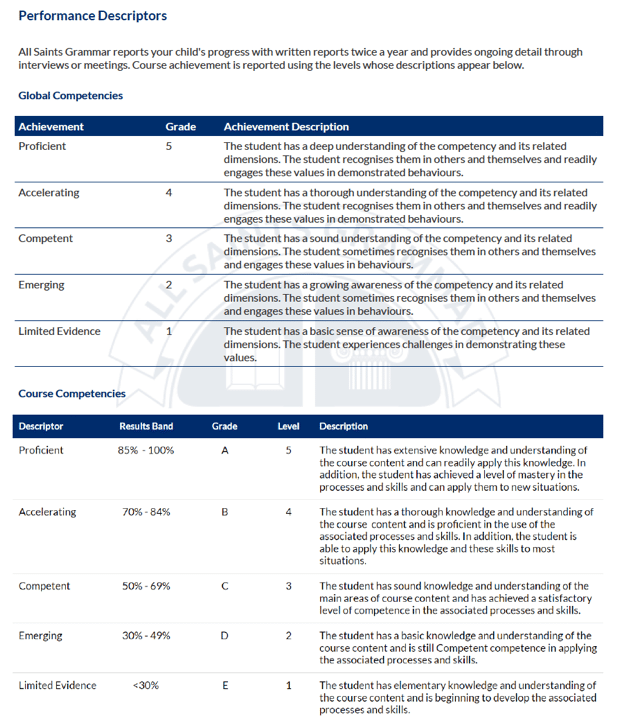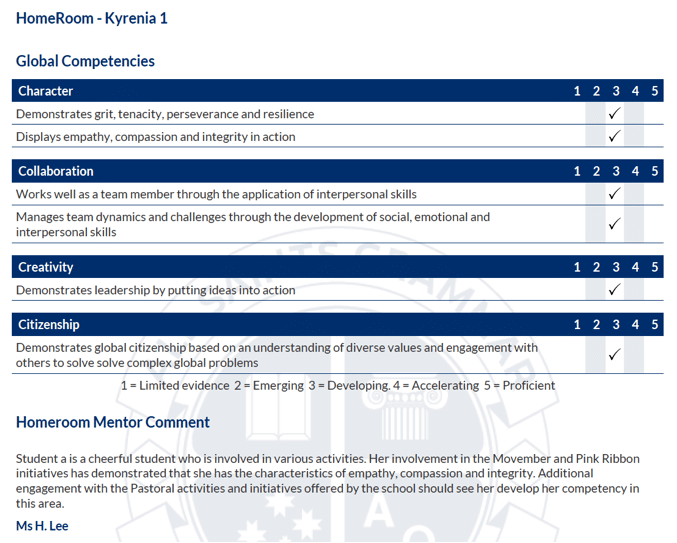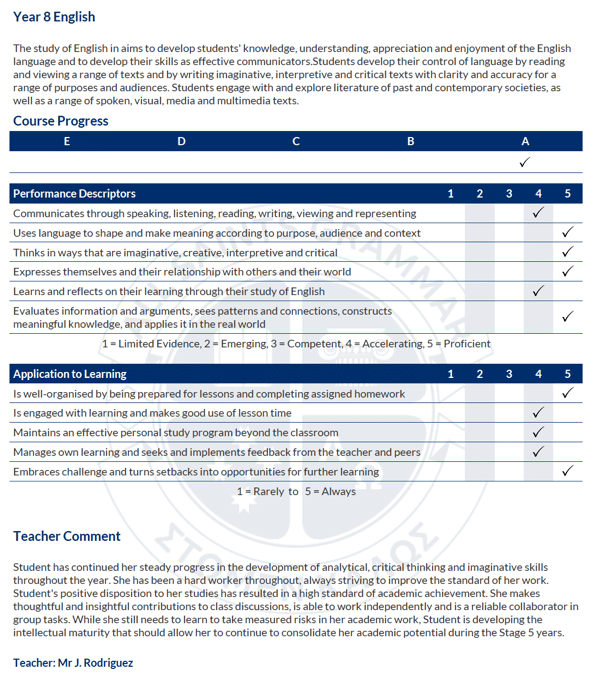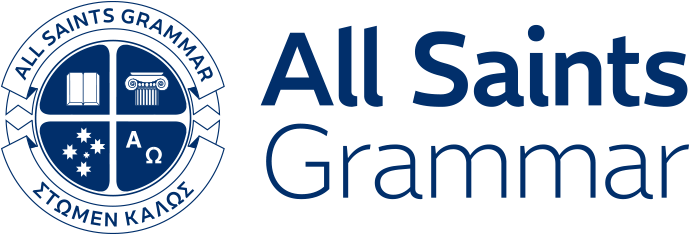In a previous entry for our newsletter, I wrote briefly about the operational aspects of school reports. My intention was to provide parents with information about what informs the process of report writing within our education system. You can find that short piece on the link below, if you’d like to revisit it:
/school-academic-reports-compliance-or-feedback/
I concluded that article by stating that ‘Reports are intended to provide feedback. What has the greatest impact on students’ learning is the extent to which they engage with the feedback offered and take action to improve. The feedback loop is closed by the actions taken by the students.’
The purpose of this follow-up article is to offer further suggestions regarding the ways in which parents and students can engage with the information on the reports.
Understanding the component parts of the report can assist parents to have conversations with their children about areas of improvement. These conversations are the first step to start closing the feedback loop.
Cover page (p1):

This part of the report lists the courses the student is studying, including the teachers of each subject. If parents have questions about the content of the report, it is essential to know who is teaching which subject.
Importantly, this page provides information about school attendance. Not only is attending school compulsory – and a legal requirement – for all students, but continuous or extended absences can detrimentally impact on student learning. It is therefore necessary that parents are aware of their child’s patterns of attendance or absence during the year.
Performance Descriptors page (p2):

This page outlines what our teachers have observed in the assessment of your child’s learning progress and their engagement with each subject studied.
The Global Competencies descriptors refer to the student’s overall personal development beyond their academic work. Homeroom Mentors observe, assess and discuss with colleagues, the extent to which students in their Homeroom get involved in activities designed to develop Character Values, Collaboration, Creativity and Citizenship. The Homeroom report provides an overall impression of your child’s progress in these areas. See a sample Homeroom report page below:

The Course Competencies descriptors refer to your child’s academic progress. In every subject, teachers engineer tasks, activities, assignments, etc., to elicit evidence of progress toward meeting expected standards determined by our education system. This page provides you with the tools to understand the equivalence measures used across the school, in compliance with the five-point scale required by our governing institutions.
As explained in my previous article, these standards are set for teachers to assess student progress. Every course follows the same set of descriptors against syllabus objectives. See a sample of a course report page below:

Course Report and Course Progress page
The Course Report and Course Progress page provides a brief description of the nature of the subject so that parents get an impression of what students will be learning about in each course.
The Grade Bar (A-E) is an indication of student progress against the standards. You may need to refer to the Performance Descriptors page (p2) of the report to gain a better understanding about the standard expected at each grade level and the associated mark range in percentage form. This information is meant to provide a guide in the various formats for parents and students to understand where students are at in their learning.
The Performance Descriptors box includes the course objectives as per the syllabus documents. This is a list of the skills and content knowledge students are working toward in the course. The student’s progress against each objective is assessed using the standards referred to above.
Importantly, the Application to Learning box provides parents and students with the teacher’s assessment of the student’s levels of application, disposition and commitment to their studies in the course. Unsurprisingly, a student’s attitude towards their studies can affect their learning progress quite significantly.
The Teacher Comment box is intended to provide further descriptive detail about what the student has learned, how well they are progressing and what areas may need attention.
A one-page report per course can’t possibly capture every aspect of a student’s level of learning and progress. For this reason, it is critical that parents maintain continuous communication with the school, teachers and Homeroom mentors throughout the year. The school report is meant to work in combination with the Parent-Teacher Conferences organised at the end of Term 1 and Term 3 each year.
As discussed in my previous newsletter article, these processes are part of the feedback loop with which students, teachers and parents must engage with in the interest of supporting learning growth.
The length of this piece doesn’t allow me to elaborate further on what can parents do to help their children at home in preparation for the next Term of learning. I’ll endeavour to offer some suggestions in future entries. In the meantime, I encourage you to have a look at this resource prepared by Education NSW for parents:
Finally, I’d like to take this opportunity to wish you and your family a very Blessed Christmas and the best of health and prosperity for the New Year.
Jaime Rodriguez
Deputy Head of School/Head of Secondary

